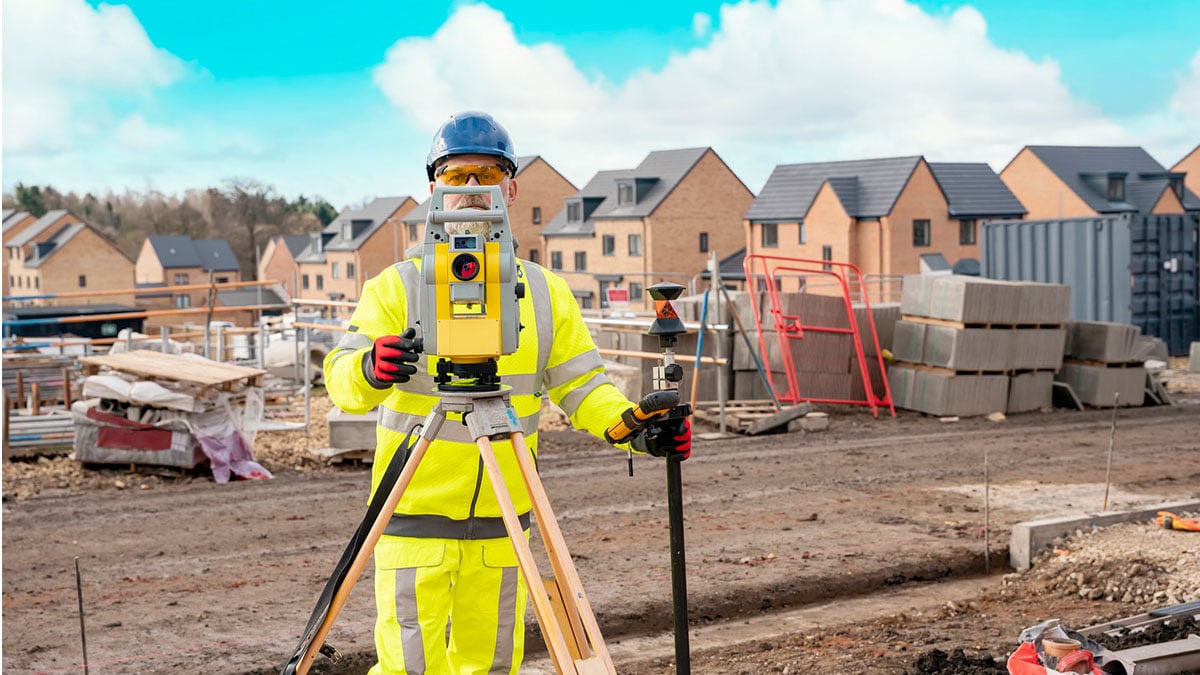What to know
- Wearing certain types of personal protective equipment (PPE) and clothing ensembles can increase the risk of heat-related illnesses.
- Steps can be taken to protect workers wearing PPE from heat-related illnesses.
- There are other types of PPE that can be worn to protect against heat exposures.

Can wearing personal protective equipment (PPE) increase the risk of heat-related illnesses?
Yes, wearing PPE and certain clothing ensembles can often increase your risk for heat-related illnesses.
PPE (e.g., waterproof aprons, surgical gowns, surgical caps, respirators, face shields, boots, and gloves):
- Is often necessary and required in order to reduce or eliminate exposure to external hazards (chemicals, physical hazards, and disease-causing organisms [e.g., viruses and bacteria]).
- Reduces the body's normal way of getting rid of heat by sweating and other means.
- Holds excess heat and moisture inside, making the worker's body even hotter.
- Increases the physical effort to perform duties while carrying the extra weight of the PPE and can lead to the worker getting hotter faster (e.g., working muscle increases body heat production).
For additional information, see 3.3 Effects of Clothing on Heat Exchange in the NIOSH Criteria for a Recommended Standard Occupational Exposures to Heat and Hot Environments.
What steps can be taken to protect workers wearing PPE from heat-related illness?
Wearing certain types of PPE can increase core body temperature (i.e., internal temperature) more quickly than wearing other types of PPE in the same environment.
- Basic recommendations that can be applied to many different workplaces can be found on the Heat Stress Recommendations.
- If heat stress is a hazard at your workplace, consult with a safety and health professional, and review the full recommendations provided in the NIOSH Criteria for a Recommended Standard: Occupational Exposures to Heat and Hot Environments.
- Additionally, if PPE is a concern, consider the following when developing work/rest cycles:
- Type of PPE.
- Length of time an individual can wear the PPE.
- Individual worker's actual work rate, fitness level, hydration level, and acclimatization.
- Environmental conditions, such as level of heat and humidity, radiant heat from sun if outdoors, and wind speed if outdoors or using a fan indoors.
- Type of PPE.
Are there types of PPE that can be worn to protect against heat exposures?
Yes, wearable PPE that protects against heat exposures are called auxiliary cooling systems or personal cooling systems (e.g., water-cooled garments, air-cooled garments, cooling vests, and wetted overgarments) and can range in simplicity, cost, and maintenance.
Exceeding recommended occupational exposure limits
In situations, where heat stress levels exceed the NIOSH recommended occupational exposure limit (RAL or REL), some form of heat-protective clothing or equipment should be provided.
During rest breaks
Wearable personal cooling systems could also be used during a rest period where the worker is not actively engaged in work. Core body temperature decreases relatively slowly, and simply stopping hard work will not result in an immediate decrease. Therefore, increasing the rate of heat removal from the body would reduce the risk for heat-related illness. Using wearable personal cooling systems could reduce the time required to lower core body temperature.
For example, during rest breaks:
- Remove PPE and clothing ensembles.
- While rehydrating, apply active (e.g., cold packs; cool, wet towels; wearable personal cooling system) or passive cooling (e.g., physical rest, move to a cool environment [e.g., air-conditioned room, or shaded area) methods.
This reduces body core temperature and allows for a more rapid “rehabilitation” during the rest break.
Limitations
Wearable personal cooling systems have limitations within a work setting, such as:
- Ice vests are cheap, but their temperature cannot be controlled and they often do not stay cool long enough to be practical.
- If the cooling system is too cold, this will result in reduced heat transfer from the body to the environment.
- Water-cooled garments require that the worker be tethered to a system that circulates the cool water, which limits the person's range of operation.
- Many of the wearable personal cooling systems are too heavy or too cumbersome to be practical in a work environment.
For additional information, see 6.3 Personal Protective Clothing and Auxiliary Body Cooling in the NIOSH Criteria for a Recommended Standard: Occupational Exposure to Heat and Hot Environments.
Resources
NIOSH resource
NIOSH Science Blog: Heat Stress Imposed by PPE Worn in Hot and Humid Environments.
Related journal publications
Ali M. Aljaroudi, Darren S. Kadis, Amit Bhattacharya, Amanda Strauch, Tyler D. Quinn & W. Jon Williams (2020) Effect of continuous cooling on inhibition and attention while wearing firefighter's PPE in a hot environment, Journal of Occupational and Environmental Hygiene, 17:5, 243-252, DOI: 10.1080/15459624.2020.1726933
Roberge RJ, Kim JH, Coca A. Protective facemask impact on human thermoregulation: an overview. Ann Occup Hyg. 2012;56(1):102-112. doi:10.1093/annhyg/mer069
Kim JH, Coca A, Williams WJ, Roberge RJ. Effects of liquid cooling garments on recovery and performance time in individuals performing strenuous work wearing a firefighter ensemble. J Occup Environ Hyg. 2011;8(7):409-416. doi:10.1080/15459624.2011.584840
Nag PK, Pradhan CK, Nag A, Ashtekar SP, Desai H. Efficacy of a water-cooled garment for auxiliary body cooling in heat.Ergonomics. 1998;41(2):179-187. doi:10.1080/001401398187233
